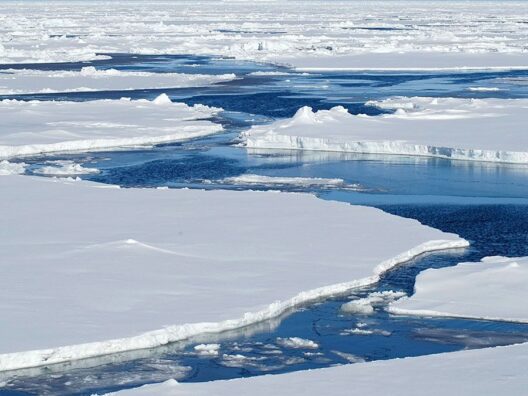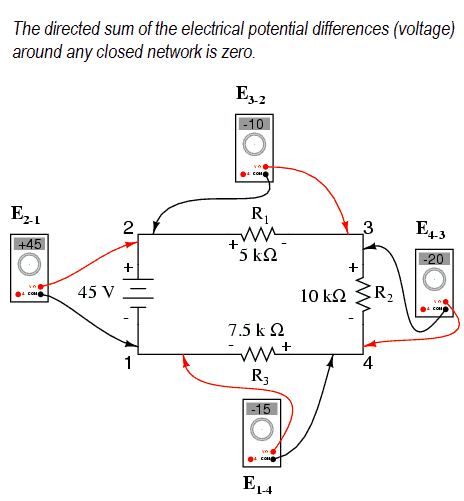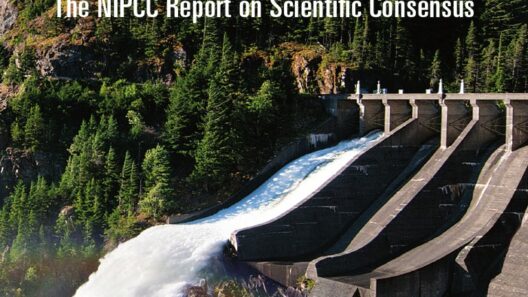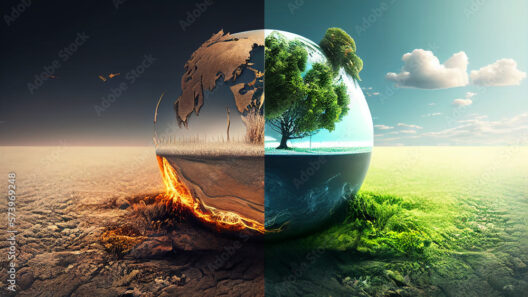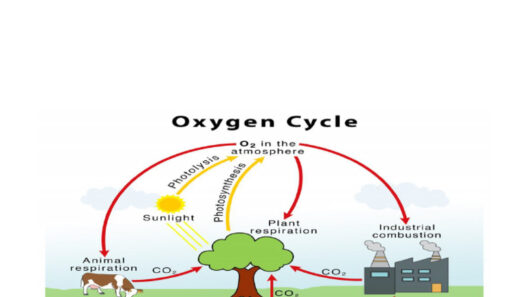Have you ever wondered why animals seem to be moving to new homes? Imagine the majestic polar bear, once comfortably roaming the icy expanses of the Arctic. Now, it is venturing further south, where the weather is not as chilly. This curious behavior is not just an adventure; it’s a survival challenge posed by something significant: global warming.
Global warming refers to the gradual increase in Earth’s average temperature due to the accumulation of greenhouse gases, such as carbon dioxide and methane, in the atmosphere. These gases trap heat, leading to changes in climate patterns. But what does this have to do with animals moving? When temperatures rise, ecosystems change, habitats are altered, and these changes create a ripple effect throughout the environment.
Let’s dive deeper and explore this phenomenon! The world’s climate is a delicate balance, much like a see-saw. When one side gets heavier, such as when greenhouse gas emissions rise, the other side must adjust. This adjustment can often make life difficult for wildlife. For some animals, moving is their best option for survival. It’s a matter of life and death.
Think about it: animals are highly adapted to their environments. Their behaviors, diets, and even breeding cycles are intricately linked to the seasons and climate. For example, the American robin typically flies north in spring to breed and find abundant food. However, with rising temperatures, some robins are opting to stay put, as winter temperatures become milder. This shift may seem convenient, but it can cause misalignments in food availability and breeding, leading to potential food shortages and a decrease in their population.
But what does this mean for other animals? Consider the case of the mountain-dwelling pikas. These small mammals thrive in cold, rocky habitats. As temperatures rise, they must move to higher elevations in search of cooler climates. However, there is a limit to how high they can go, which creates a perilous situation. If the climate continues to warm and their habitats continue to shrink, pikas face the threat of extinction.
Then, there’s the intriguing case of the monarch butterfly. Traditionally, these butterflies migrate thousands of miles from the United States to Mexico each year to escape the cold. But warmer temperatures can disrupt their migration patterns. For instance, some monarchs may not migrate as far, potentially affecting their breeding cycles and the floral resources they rely on during their journey. A simple change like this can have extensive effects on the ecosystem, particularly for the plants that rely on butterflies for pollination.
The ocean is not exempt from these shifts, either. Take the case of marine species such as fish. As ocean temperatures rise, many fish are relocating to cooler waters. This movement can have detrimental effects on fishing communities and those who depend on these species for their livelihood. A fisherman’s usual catch might migrate to cooler depths, resulting in a loss of local resources and altering traditional fishing practices.
Moreover, shifting animal populations may also bring about new challenges with human activities. As animals expand their territories, they may come into closer contact with urban environments, leading to conflicts. For instance, bears might wander into more populated areas in search of food, leading to dangerous encounters. Wild animals moving closer to human habitats creates a necessity for us to adapt our practices to avoid such conflicts and ensure coexistence.
So, what can we do about it? It may seem daunting, but there are ways we can help protect wildlife moving in the face of global warming. Firstly, understanding the impacts of climate change on local wildlife is essential. Knowledge is power, and knowing how to interact with nature sustainably can contribute to mitigating these shifts.
Another crucial point is conservation. Supporting local conservation organizations and efforts that preserve natural habitats can aid in maintaining biodiversity. Protecting ecosystems means animals will have safe pathways for migration as they search for suitable living conditions.
Additionally, we can take steps to reduce our carbon footprint. Simple actions such as using public transportation, conserving energy, and supporting renewable energy initiatives make a collective difference over time. Each small action contributes to a larger positive impact on the environment.
Finally, educate others! Share what you learn about wildlife and climate change, encouraging peers to care for the planet and the creatures we share it with. If you are curious about how different species adapt to the changing climate, explore local wildlife and see how they interact with their environment.
Animals are moving for a reason, and as stewards of this planet, it is our responsibility to understand, adapt, and protect them. The future of our ecosystems depends on the actions we take today to lessen the effects of global warming. Armed with knowledge and a commitment to change, we can help ensure that wildlife continues to thrive, even in a warming world.



